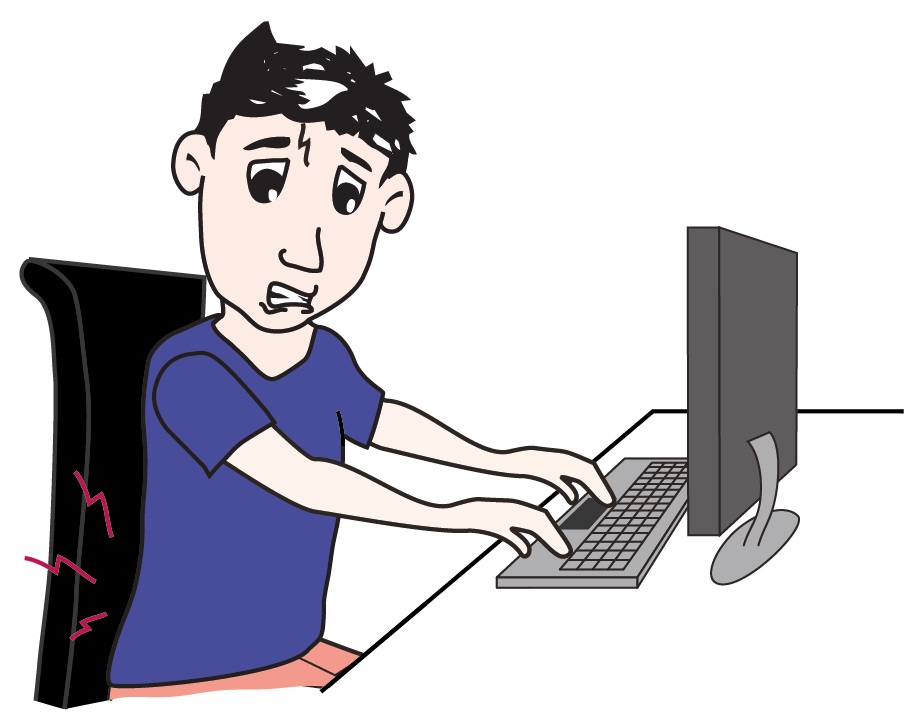Chronic Pain and Fibromyalgia: Step by Step to a Pain-Free Life
Many people suffer chronic pain and fibromyalgia. They are both quite common and can be extremely difficult to manage and treat.
In understanding chronic pain it is useful to understand how the body registers and manages pain in the body. The basic theory of pain is that an initial event occurs such as a trauma, infection or illness which the body perceives as having the potential to damage the body. This stimulates nerves in the affected area and the nerves send a message to the area in the brain which deals with pain and pain is felt. When this stimulus stops, then the person stops feeling pain.

This theory is now known to be very limited and inadequate in describing the pain pathway and especially in explaining chronic pain. How the body perceives pain, though not fully understood, is known to be far more complex than this. It is thought to include many more areas of the central nervous system than originally thought, including the immune system and endocrine system, with many more links, pathways and interdependences between them. The fact that how the body registers pain is it not completely understood gives an indication how complex pain is.
Solutions
Chronic pain by its nature is a long standing condition and therefore needs long term solutions. Symptom patterns can be unclear, confusing and misleading, making management of chronic pain difficult. Even though there are no quick fixes there are many things you can do to help yourself manage pain and live a pain free life.
Tracking Your Pain: An Important First Step
One of the best things you can do is keep a journal. By keeping a daily written record of how you feel on any particular day you can see how you felt and link this to your daily activities. This will allow you to build up a detailed picture over time, what you did and what happened on your bad days versus what happened on your good days. This can help identify patterns which you might have overlooked and thought were insignificant.
Even identifying a few factors and making a few small changes can drastically improve the quality of your life. You might be surprised, things that you thought were helping you might find actually linked with spikes in pain and things that you thought were increasing your symptoms might actually be helping. One of the most difficult areas in treating chronic pain is that it usually involves a number of factors which might need to occur in combination for effects to happen, but by keeping a journal it will help you identify these interconnections.

Small Changes: Step by Step
I have known people who have dramatic changes just by making small changes. Even reducing your workout by 10 minutes, slightly changing the intensity, repetition range, frequency or exercise combination, or making small changes in your diet, food combinations, or minor changes in your daily activities can all have a major health benefit.
Keeping a journal might seem like you are letting chronic pain take over your life but it shows you are making a deep commitment to living a pain free life. It might also help you identify which type of doctor or therapy could be most beneficial for you. It also offers your doctor or therapist more information that will help them provide you with more effective treatment. Living with chronic pain can be extremely difficult but taking small steps it can be managed and a pain free life can be possible.
Contact us to make an appointment with Matthew Stevens. Matthew is specialized in integrative manual therapy, combining osteopathic treatments with medical massages as well as with some TCM techniques. He offers consultations at our Hongmei Road Clinic – Hongqiao.
